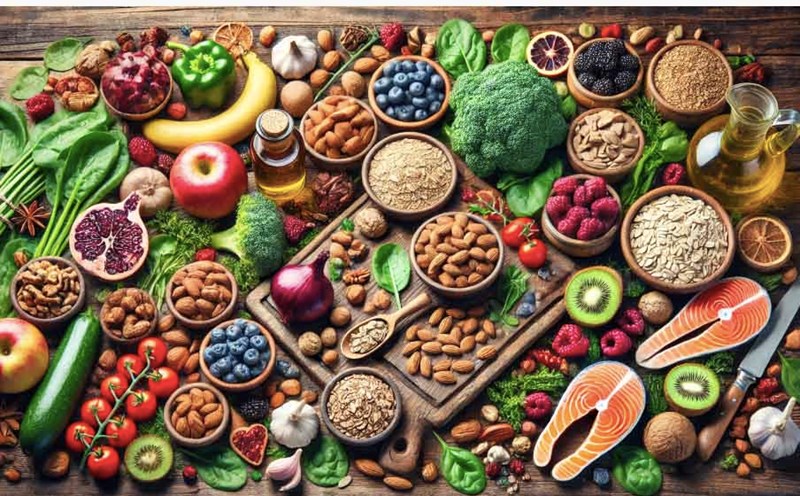Modern scientific studies have confirmed that garlic can help reduce blood pressure thanks to the active ingredient allicin - a sulfur compound with powerful dilation, anti-inflammatory and antioxidant properties.
According to a synthesis analysis published in The Journal of Nutrition, adding garlic to the diet can reduce average center-level blood pressure by 810 mmHg and dilated blood pressure by 56 mmHg in people with high blood pressure. This is a reduction equivalent to the effect of some drugs that treat mild blood pressure.
Some other studies have also recorded that old garlic extract has the ability to improve blood pressure and vascular endothelial function in middle-aged and elderly people.
There are people in the family with high blood pressure, so housewives should include garlic in meals. It should be noted that for optimal results, people with high blood pressure should eat raw or crushed garlic and leave it at room temperature for about 10 minutes before eating. Grinding or crushing garlic helps activate the enzyme alliinase, converting alliin into allicin - the main active ingredient that is beneficial for heart health. If garlic is cooked at high temperatures, it can destroy allicin, reducing the effect of regulating blood pressure.
Using garlic as an extract (such as black garlic or aged garlic) has been shown to be more stable and can be better absorbed in some people. The recommended dosage according to research usually ranges from 6001200 mg of garlic extract per day, divided into 2-3 times, depending on health status and the doctor's instructions.
Although garlic is a good support food, people with high blood pressure still need to combine it with a healthy diet, regular exercise and comply with the treatment instructions of the doctor.











